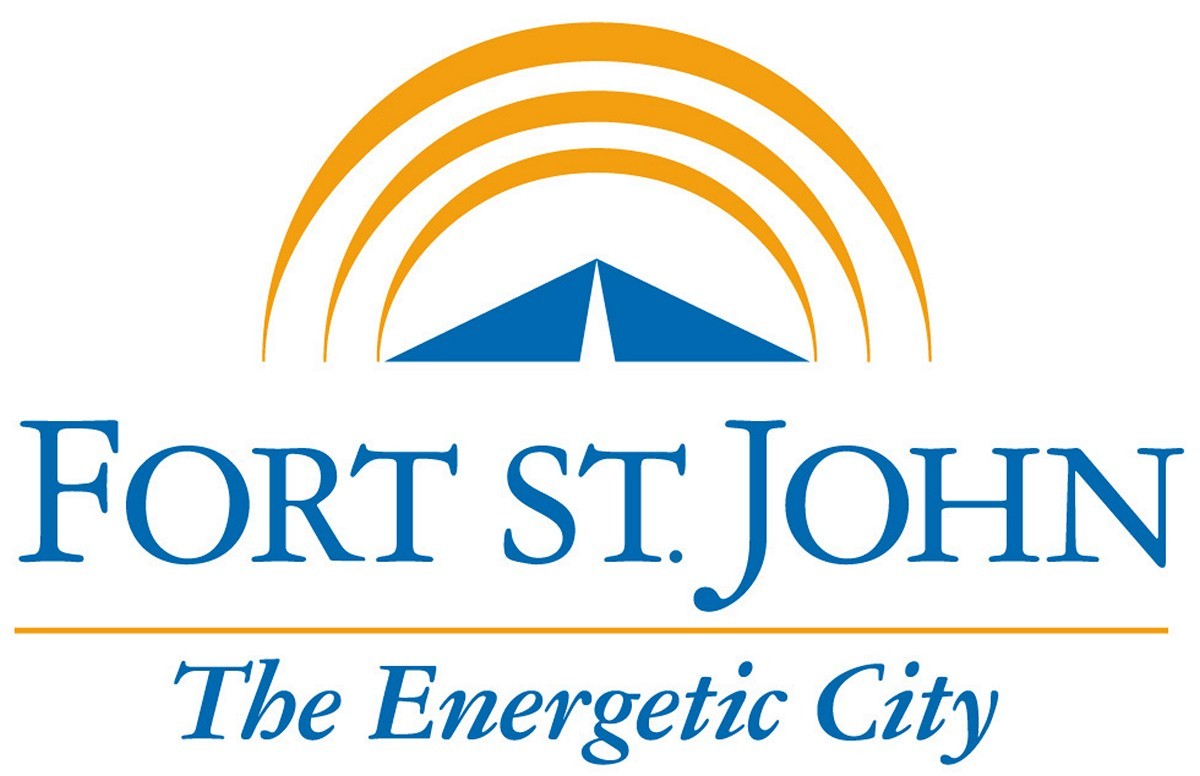
Fort St. John
The original Fort St. John was established as Rocky Mountain Fort in 1794, making Fort St. John the oldest white settlement in mainland British Columbia. In 1942, Fort St. John became field headquarters for U.S. Army troops and civilian engineers working on construction of the Alaska Highway in the eastern sector.
Fort St. John has a population of about 21,000 residents and is the largest city in Northeastern BC. It is situated along the world-famous Alaska Highway. Fort St. John is located at Historic Milepost 47 of the Alaska Highway, 47 miles north of Dawson Creek where Mile 0 is located and marks the beginning of the Alaska Hwy.
Fort St. John is known as The Energetic City for their large resource base of oil, natural gas, forestry and agriculture.
Fort St. John, the oldest white settlement on mainland British Columbia, originated as a North, West Company fur trading post. It was established in the late 1790s on the banks of the Peace River, 16 kilometres (10 miles) south of the present town site. The first major influx of settlers to the area came with the gold rush of 1898. This was followed in 1928-29 by the emigration of farmers abandoning the drought ridden prairies for the lush lands of the Peace.
The real boom years began in 1942. In mid-March of that year, troops of the United States Army Corps of Engineers arrived to begin construction of a 2,450 kilometre (1,523 mile) military highway between northern British Columbia and Alaska. At peak construction there were 11,000 soldiers along the route, battling the elements to finish the job. This they did in an amazing eight months and 12 days. To manage so many workers over such a long distance, the military divided the highway into two sectors. Fort St. John was the headquarters for the southern sector, commanded by General James A. O'Connor. This sector covered the 1,022 kilometres between Dawson Creek in the south and Watson Lake to the northwest. The northern sector, under the command of General William M. Hoge, was headquartered in Whitehorse, Yukon. Almost as big a challenge as coordinating and building the highway was accommodating the workers. Camp Alcan, at Historic Mile 47, became an instant city of pyramid tents and Quonset huts. It was built on what was then an open field at the junction of the Alaska Highway and 100th Avenue and was one of the largest camps on the highway route.
The Construction Boom
Fort St. John, as the southern headquarters of both military and civilian construction crews, saw its population "explode" almost overnight. What had been home to 200 was suddenly a temporary base for more than 6,000. The sound of hammers echoed through the crisp spring air as everyone rushed to keep up with the demand for food, shelter and, of course, entertainment. The Grandhaven Dance Hall overflowed with merriment and the abandoned city hall had to be drafted into service as dance hall number two. Men outnumbered women 20 to one and every dance was a "tag".
transcribed from sign
Dawson Creek - Milepost 0
Fort St. John - Milepost 47
Watson Lake - Milepost 635
Whitehorse, Yukon - Milepost 918